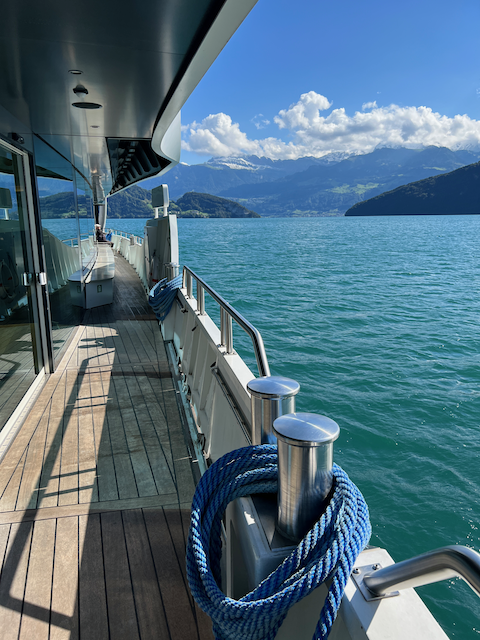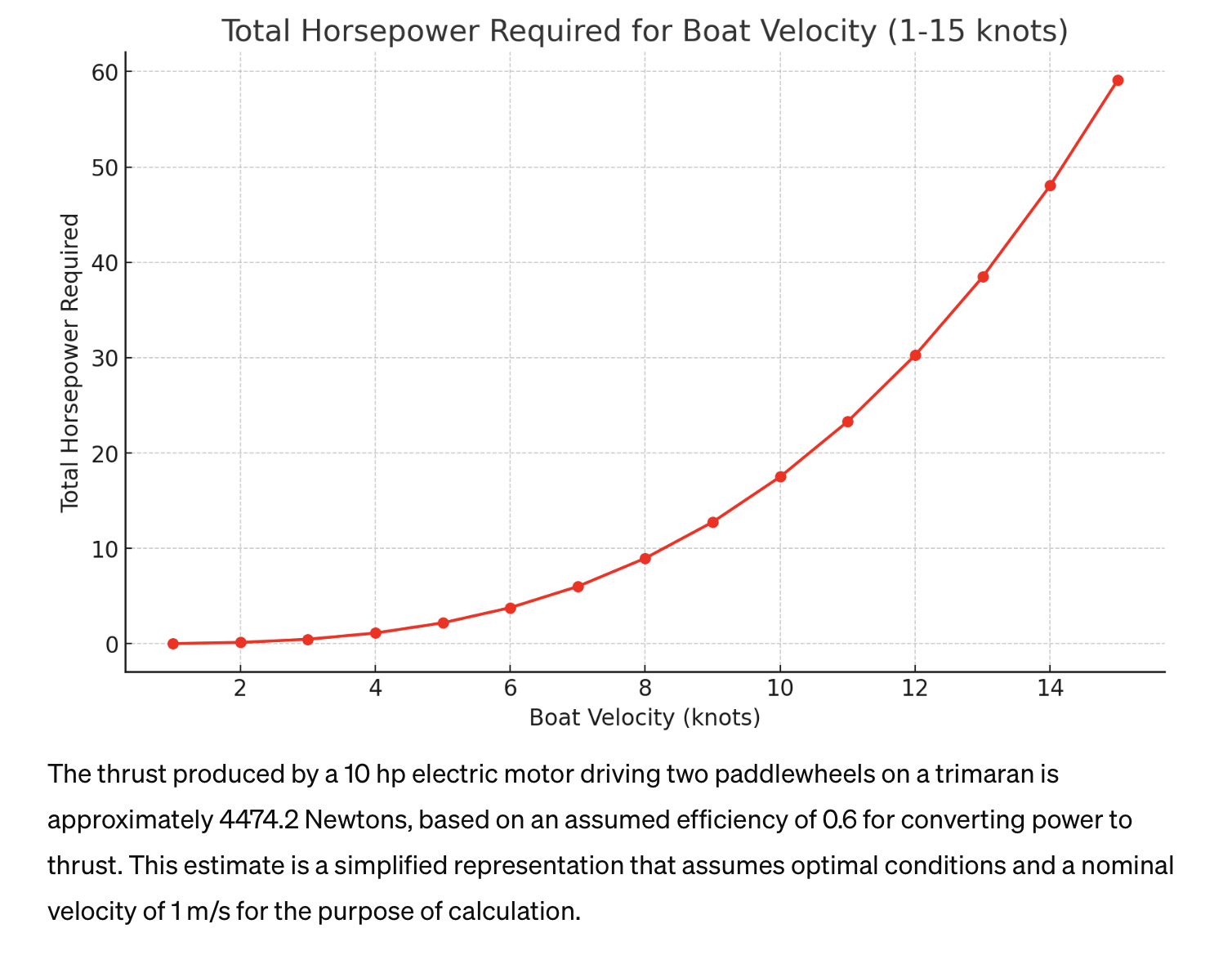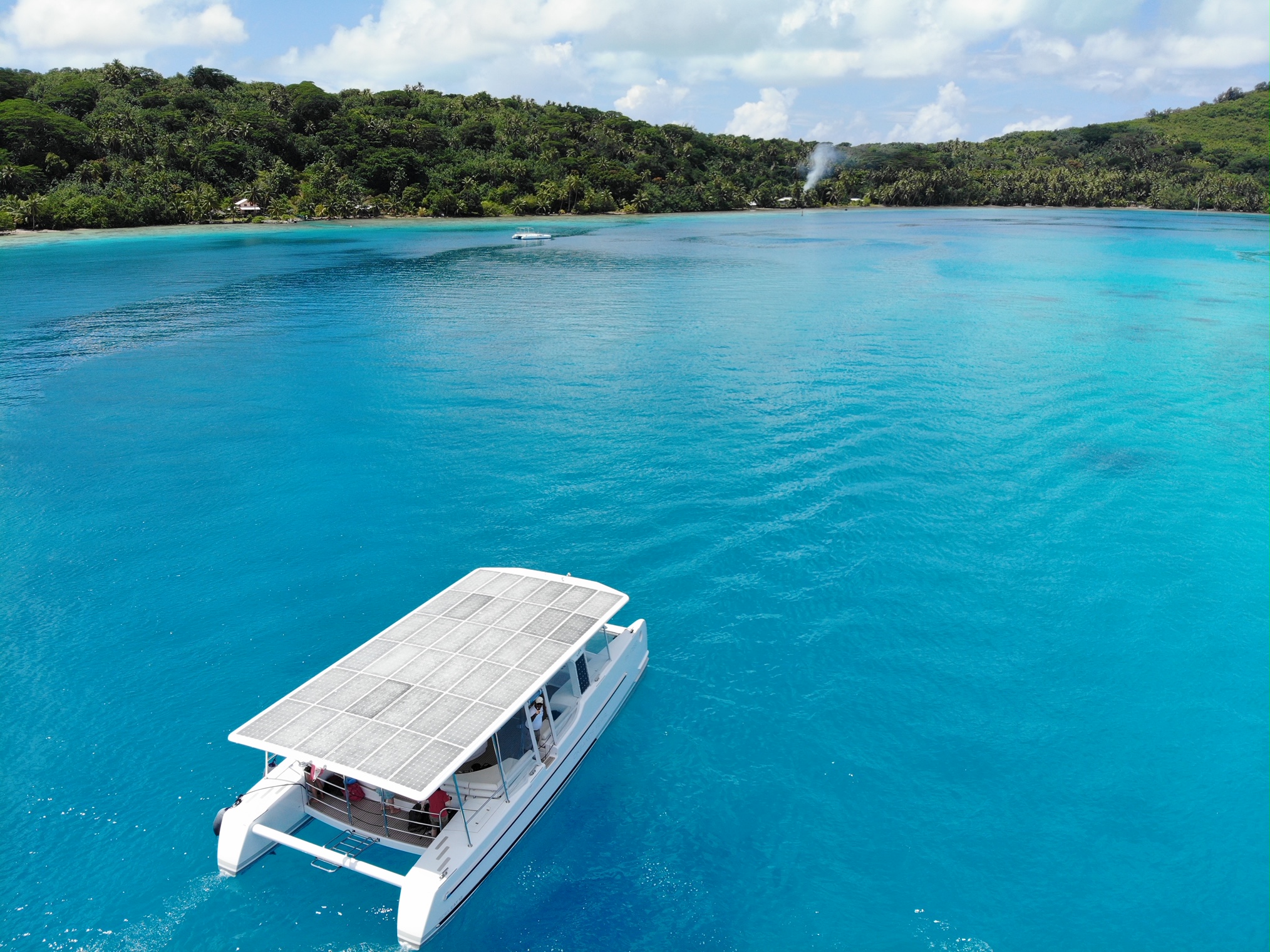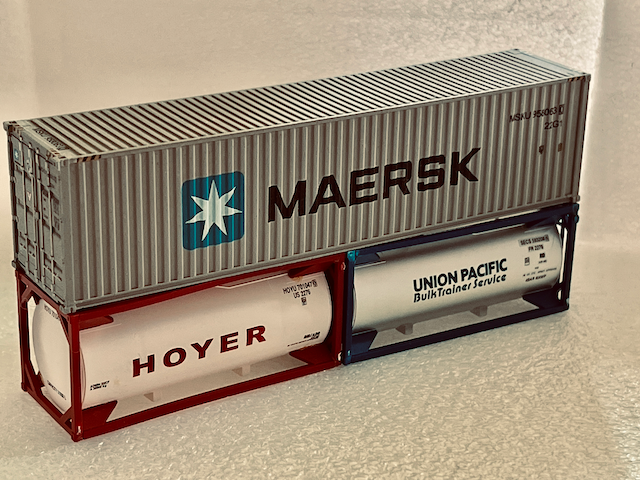
Goals of an Electric Ship
• No bilge• Nothing below the waterline• Positive floatation hulls (non-sinkable)• Reduce curved surfaces to reduce build and maintenance time• Straight and right angle cornered interior for use of standardized components and appliances• Maintenance free HDPE hull coating• Bolt down cabinets, furniture, fixtures for rapid reconfiguration and flexible interiors• No hatches. • No standing rigging (kite wind power option)• Vertical bifacial solar panels• Inverted windows, no leaks.• Paddlewheels. Above waterline access and maintenance. Electric drive with regeneration.







